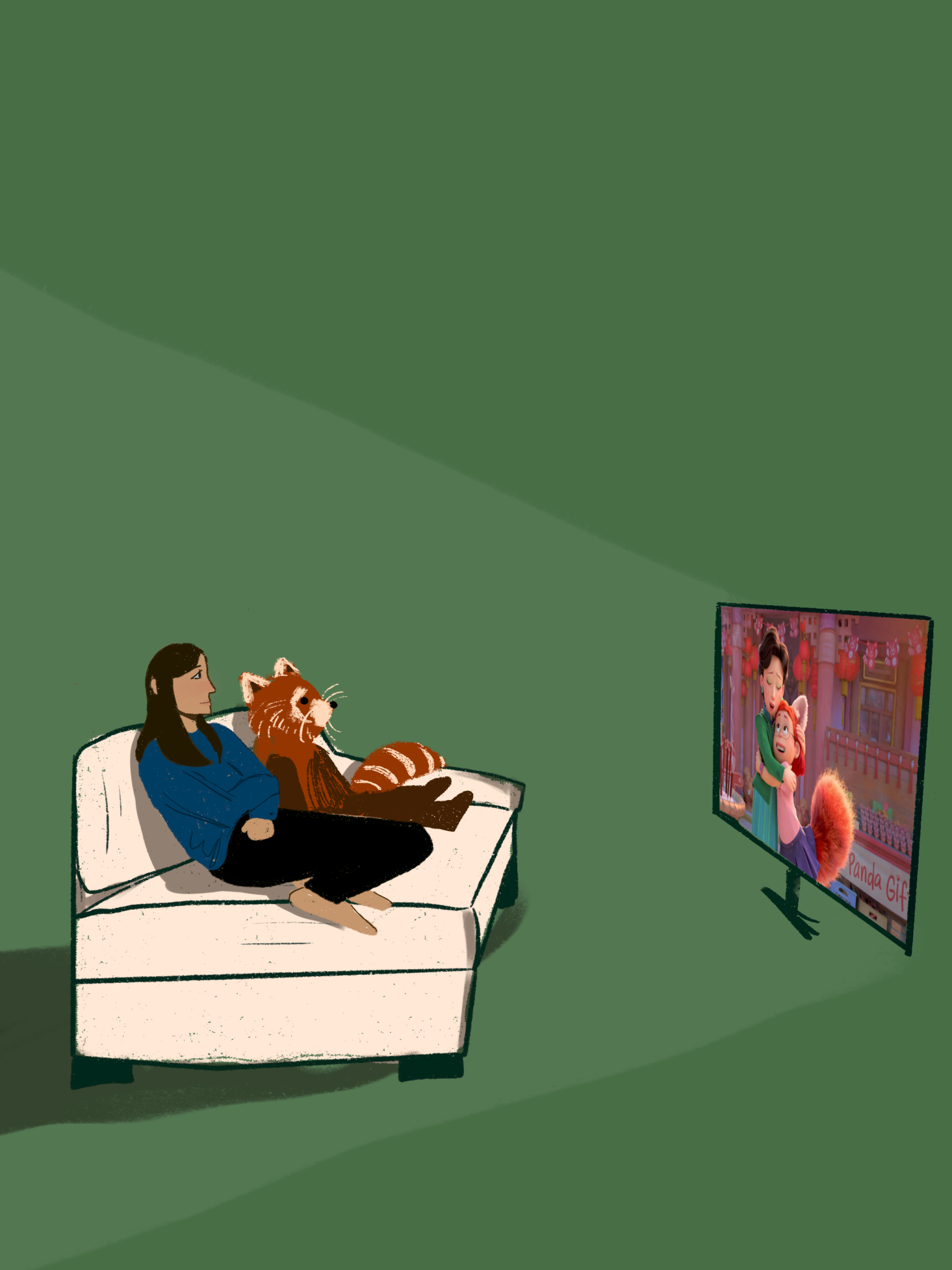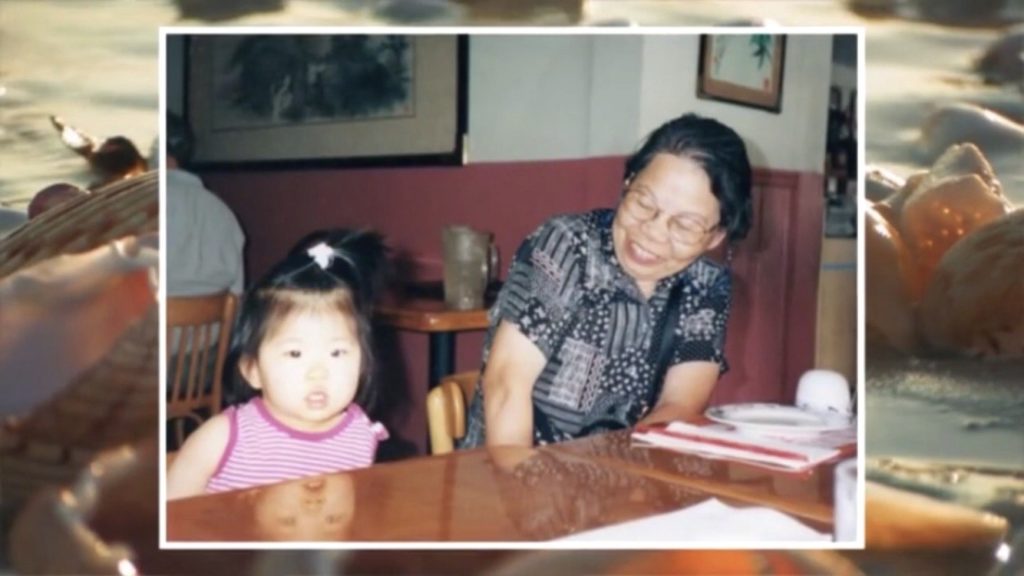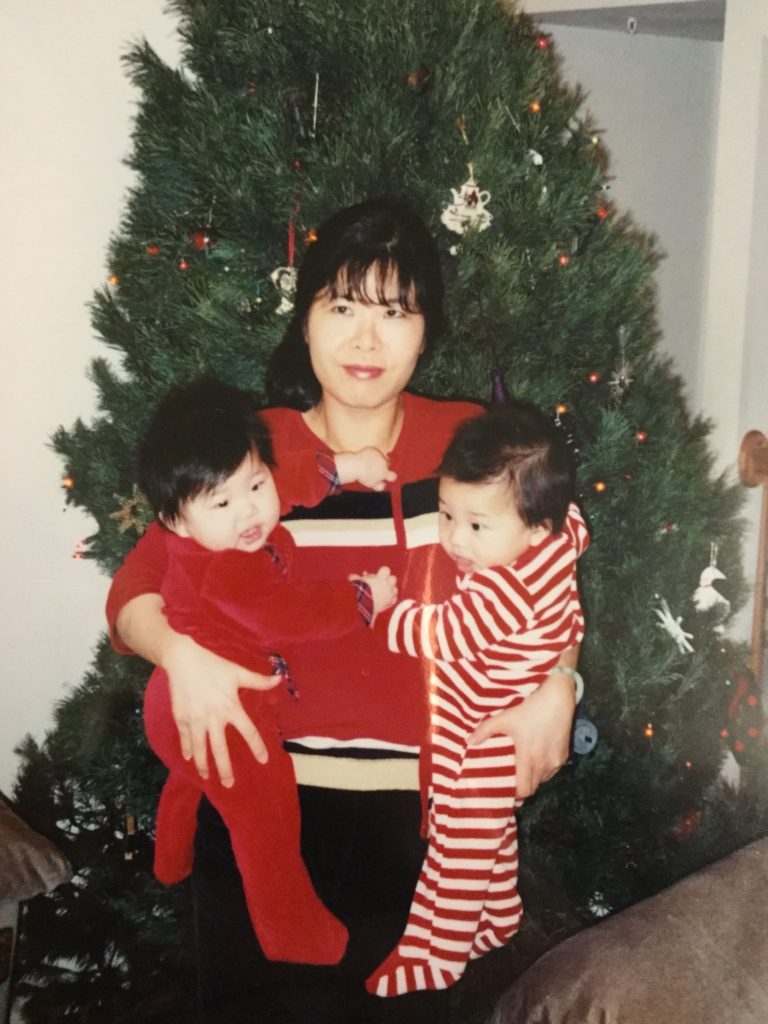Asian girl who turned red watches “Turning Red”
When I was sixteen, I Turned Red. It was a teenager’s cliché attempt at setting the world on fire with red hair dye. I had quit my fast food job, broken up with my boyfriend and decided that the next natural step was to dye my hair red — becoming a visual wildfire. According to my dad, this meant I would next get a tramp stamp.

Malia Kuo
When I was sixteen, I Turned Red. It was a teenager’s cliché attempt at setting the world on fire with red hair dye. I had quit my fast food job, broken up with my boyfriend and decided that the next natural step was to dye my hair red — becoming a visual wildfire. According to my dad, this meant I would next get a tramp stamp.
When I entered college, all that was left were red split-ends. Over winter break, my mom trimmed those last fiery tendrils from my hair, leaving me a black pile of ashes. Over spring break, I watched “Turning Red” alone as a tribute to my own, retired Red Panda. Spoiler alert, it made me cry and want to spend my last day at home watching it with my mom.

***
The opening scene of the movie introduces Meilin as the perfect Chinese daughter. She is studious, she is obedient and she is so cute. Meilin spends her afternoons helping her mother at the family temple, where they worship their ancestor Sun Yee. Her friends — who are not Chinese — however, think she has been brainwashed by her mom to be constantly working instead of chasing classic teenage fun.
After Meilin Turns Red, unleashing all the rage and emotions that trigger her Red Panda side, she stops trying to be perfect. When her mother refuses to allow her to go to a boy band’s concert, Meilin and her friends create a fake math club while secretly making money for the concert tickets. The kicker is that instead of Meilin hiding her Red Panda as her mother commanded, she markets the novelty of it, profiting off of photos, hugs, T-shirts and plenty of cute merchandise. Leading up to this, her mother recognizes a new look in her daughter’s eyes — one of genuine anger and frustration towards her.
As Meilin’s reality begins to unravel, so too does her personal history of “being brainwashed.” The movie poses the question: is it worth honoring your family if you aren’t honoring yourself? A common struggle to those split between two cultures, this theme is a play on filial piety, urging the little Asian children watching to evaluate their obligation not only to their family but to themselves.
Ming, Meilin’s mom, ends up revealing that the curse of “turning red” is intergenerational. Even though centuries have passed since Sun Yee’s lifetime — in a whole different continent for that matter — all women in the family have gone through a phase of turning into giant red pandas upon bursts of emotion. But her own mother and several sisters have all physically locked up their pandas, in items ranging from jade bangles to a pendant. In a turn of events, when Meilin refuses to lock up her panda, Meilin’s mother’s own panda is unleashed.
I cried when Ming’s red panda finally escaped its confinement. Ming’s red panda is a huge, terrifying force — and so is my mom when she turns red. But when the panda is freed, the intimidating mother figure of Ming suddenly becomes humanized. As my mother saw me in Meilin, I saw her in Ming.
***

I resonate with “Turning Red” particularly because of its shift of the gender focus, from the stereotypical Kung Fu masters or elite entrepreneurs to Chinese daughters. Like how it unleashes the red pandas, the movie also unleashes itself from the male-centric orientation in traditional East Asian culture. My mom told me that my dad originally never wanted a daughter. My dad’s the type with black belts in three martial arts and an addiction to exercise. He clearly wanted strong sons and was naturally disappointed by my gender’s reveal until I entered the world and managed to change his mind. I guess I’m just that amazing.
It is refreshing to see that Meilin, the main character, is a girl and the family’s only child. I find it cathartically pleasing to see Meilin getting all the love, in a Chinese culture whose traditional gender biases skew towards the sons of a family.
***
I think I can proudly say that I am my dad’s favorite, but everyone knows my mom likes my twin brother more. To be fair, he is a lot more obedient. He never turns red and can always be counted on to maintain a stable neutral state. I, on the other hand, have a lot of loud emotions that are not always under control.
When I was a little girl who watched too much TV, I wondered why there were so many jokes about parents fearing the “diva” age of daughters, in which they were “moody” and “dramatic.” Eight-year-old Kayla found those TV daughters rude and disrespectful and was confident that she would have enough self-control to remain a calm and composed daughter.
Well, high school Kayla was constantly a giant red panda. It wasn’t just because of the hormones. Becoming a red panda was a necessary step on the way to recognizing a world beyond my home. It was how I, and perhaps other Chinese daughters, strengthened their voices without necessarily sacrificing their past selves.
***
Meilin is still dedicated to the temple at the end of the movie. But at the same time, she also allows herself a life outside of it.
Meilin’s friends represent more Western attitudes towards familial obligations. They think she has been brainwashed because of how much of her life she devotes to her family unit. They do not understand that, for Meilin, to “turn red” is to turn her whole family red. Even though I claim to have been a giant red panda, I recognized my limits. I can never allow myself to be the problem, just as Meilin never becomes truly selfish. After all, selfishness does not salvage Meilin — being part of a family does.
Meilin’s extended family is almost a perfect mirror to my own. Meilin’s mom has several powerful Cantonese-speaking sisters, all in Canada. My mom hails from Hong Kong and has six sisters, all now living in America. But a deeper similarity lies in our mother-daughter relationships. In one of the final scenes of the movie, Meilin guides the younger versions of Ming to help her tame her panda. Ming is shown to be crying and in a state of distress similar to Meilin’s own “red” state. It reminded me of the first time I saw my mom cry. When her closest sister died, I realized that my mom was not superhuman. And because she was human, I felt that I could understand her, and she could understand me.

***
“Turning Red” is for generations of Chinese daughters, mothers and grandmothers. It shows that these “intergenerational curses” are cyclical and are not meant to be endured alone. The curses can be resolved within a family, without dissolving the family.
While “Turning Red” celebrates personal freedom and extols individuality, it never stops celebrating actions that honor the family. The two are not mutually exclusive. They never have been. As I reflect on my first year at Yale, having cared for friends who turned red and having been the red panda that was cared for, I have learned my lesson at the intersection of traditional Chinese collectivist ideology and Western individualism. By recognizing yourself as an individual, you realize your individual impact on others and others’ individual impacts on you. “Turning Red” is not about Meilin finally taking control of her own life but rather her understanding what it means to be one individual in a loving, supportive network of many.
One of the biggest criticisms of “Turning Red” is that it is too “niche” of a movie. It is. But for all the people who have felt “niche” their whole life, it feels good to find a mainstream fit. “Turning Red” conjures youth in a pastel 90s wonderland with teenage heartthrobs, cuddly red pandas and a Chinese family’s love at its best. It’s intimate, and it’s the first movie to feel custom made for me and the people I love.







